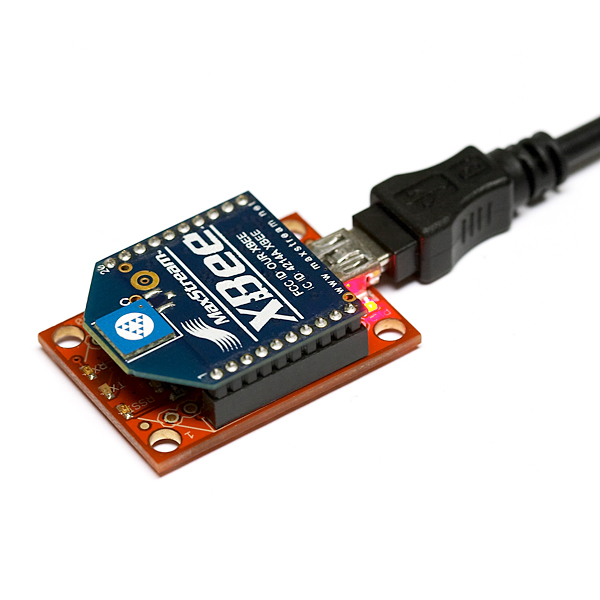Aydın Güven
Kasım 12, 2017
0
CRUD is a pretty classic term, an acronym for Create-Read-Update-Delete operations. These operations were considered as the essentials of persistence for any web application, service, API and so on.
Well, since then many things have changed... Machines are getting ready to take over, Facebook is sucking our lives, smartphones, single-page applications, capitalism, fall of the Soviet Union etc. etc. That means now we need to know more than just CRUD.
Well, this does not mean that CRUD is wrong. It is OK. However, CRUD does not completely cover nowadays applications (for example CMS applications) with huge amount of data, traffic, user interaction and so on.
When I was checking random stuff about this, I came up with strange names like DAVE (Delete-Add-View-Edit) or CRAP (Create-Retrieve-Alter-Purge) then BREAD. It is an acronym for Browse-Read-Edit-Add-Delete which mostly covers basic operations we do on our websites. (Simply put: listing, adding, updating, deleting and showing)
There were some other propositions like "BROWSE", "MADS" and more... Well, acronyms are not so important. They just come and go. I think the main point is that we need to know our application's requirements and have an understanding about the proper guidelines for such persistence operations.
thank you for your time. Cheers!
Well, since then many things have changed... Machines are getting ready to take over, Facebook is sucking our lives, smartphones, single-page applications, capitalism, fall of the Soviet Union etc. etc. That means now we need to know more than just CRUD.
Well, this does not mean that CRUD is wrong. It is OK. However, CRUD does not completely cover nowadays applications (for example CMS applications) with huge amount of data, traffic, user interaction and so on.
When I was checking random stuff about this, I came up with strange names like DAVE (Delete-Add-View-Edit) or CRAP (Create-Retrieve-Alter-Purge) then BREAD. It is an acronym for Browse-Read-Edit-Add-Delete which mostly covers basic operations we do on our websites. (Simply put: listing, adding, updating, deleting and showing)
There were some other propositions like "BROWSE", "MADS" and more... Well, acronyms are not so important. They just come and go. I think the main point is that we need to know our application's requirements and have an understanding about the proper guidelines for such persistence operations.
thank you for your time. Cheers!





















